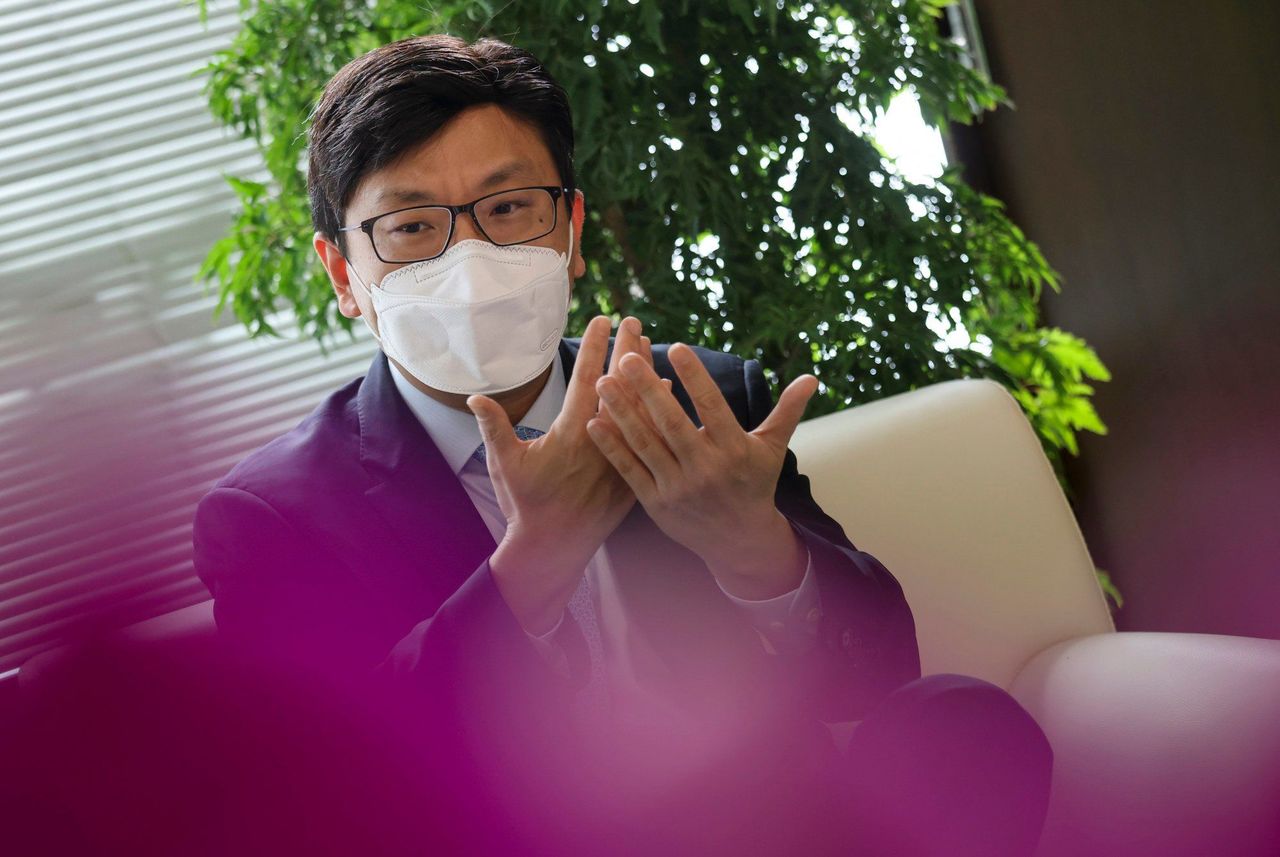Hong Kong News

Hong Kong jobless rate falls to 3.9 per cent in fifth straight improvement
Hong Kong’s jobless rate has eased further to 3.9 per cent, marking the fifth consecutive decline this year in an improvement the labour chief and economists have attributed to the stabilised Covid-19 pandemic situation.
The unemployment rate was down 0.2 percentage points in the rolling period from July to September, compared with 4.1 per cent for the three months ending in August, according to provisional figures released by the Census and Statistics Department on Thursday. Total employment grew by about 19,600 to 3,628,900 for the latest three-month stretch.
After hitting a one-year high of 5.4 per cent in the February to April period, the jobless rate has steadily fallen to now match the 3.9 per cent for the cycle ending in January, which was the lowest since 3.8 per cent was recorded in the three-month stretch to February 2020.
 Secretary for Labour and Welfare Chris Sun.
Secretary for Labour and Welfare Chris Sun.
Secretary for Labour and Welfare Chris Sun Yuk-han linked the strengthening job market to the gradual resumption of economic activity as the pandemic stabilised.
“The labour market outlook will depend on the extent of further revival of domestic economic activities. While the generally stable local epidemic situation and the consumption voucher scheme should continue to support domestic demand, the tightened financial conditions may partially offset the positive effects,” he said, referring to the handouts by the government earlier this month.
The underemployment rate for the July to September period also dropped by 0.2 percentage points to 1.8 per cent. The number of underemployed fell by 7,400 to 69,000, while the ranks of the jobless declined by 6,600 to 155,300.
Lifting the economy out of recession is one of the biggest challenges facing Chief Executive John Lee Ka-chiu. In his maiden policy address delivered on Wednesday, Lee unveiled an aggressive investment-led strategy to boost growth, including establishing a HK$30 billion (US$3.8 billion) fund to attract overseas enterprises to set up branches in the city.
But Lee also disappointed many by deciding against a further relaxation of travel restrictions and social-distancing measures, widely seen as one of the roadblocks to economic recovery.
Simon Lee Siu-po, an economist and honorary fellow at the Asia-Pacific Institute of Business at Chinese University, said the jobless rate was declining faster than he expected.
“I think it is because of the current government’s anti-epidemic measures, which have a clearer direction,” he said. “A clear route has allowed the economy to recover steadily.”
The economist predicted the benefits of last month’s end to hotel quarantine for arrivals would be felt in the next rolling three-month period, trimming another 0.1 to 0.2 percentage points off the jobless rate. But he cautioned the city might remain stuck at 3.5 per cent until at least the first quarter of next year if pandemic curbs were not further eased.
Gary Ng Cheuk-yan, a senior economist at Natixis Corporate and Investment Bank, said the decline was expected given the government had been steadily rolling back curbs since April, when the government started to ease the limit on diners per table at restaurants, currently set at 12, and allowed bars and pubs to reopen.
But he cautioned the sluggish economy could still constrain the labour market, saying: “There is still room for improvement compared to the pre-pandemic level of around 3 per cent in 2019.”
The Hong Kong Federation of Trade Unions also said the jobless rate remained “high”, noting many industries, such as construction and transport, still found it difficult to hire staff. A spokesman called for improving employment benefits and conditions, as well as further lifting travel curbs.
Health officials on Thursday confirmed 5,433 Covid-19 infections, including 335 imported ones, as well as nine more related deaths. The overall tally of infections now stands at 1,858,330, with 10,306 fatalities.











